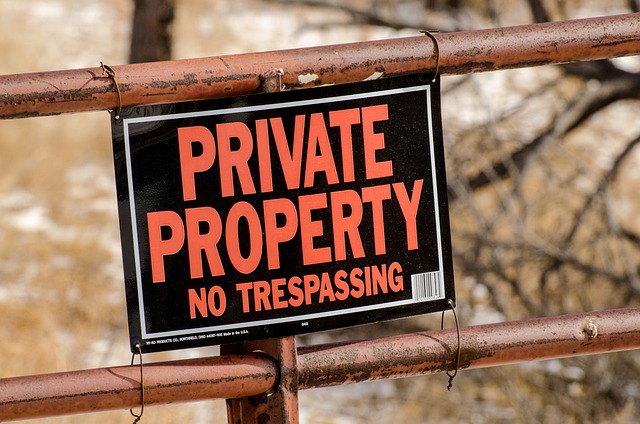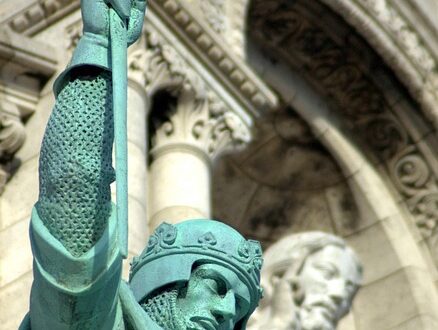Private property rights and community-owned property represent two fundamental and often contrasting approaches to economic organization and social justice. Private property rights, enshrined in the U.S. Constitution, emphasize individual ownership and control of resources, while the Marxist conception of community-owned property advocates for collective ownership and management of assets. Understanding each system’s underlying principles, implications, and potential shortcomings is crucial for navigating contemporary economic and political debates.
Private Property Rights: The Cornerstone of Capitalism
Private property rights, a cornerstone of capitalist economies, grant individuals the exclusive right to own, use, and dispose of property. This legal framework empowers individuals to acquire resources, engage in market transactions, and reap the benefits of their labor and investments. Proponents of private property rights argue that they foster economic efficiency, innovation, and individual liberty.
The U.S. Constitution explicitly safeguards private property rights through the Fifth Amendment, which states that private property shall not “be taken for public use, without just compensation.” This constitutional protection is interpreted to extend beyond physical property to encompass intangible assets such as intellectual property and financial holdings.
Marxist Critique of Private Property: A Call for Collective Ownership
In contrast to the emphasis on individual ownership, Marxist theory challenges the notion of private property as a fundamental right. Karl Marx, the father of Marxism, argued that private property, under capitalism, serves as a tool for the exploitation of the working class, concentrating wealth in the hands of a few while perpetuating economic inequality.
Marx envisioned a society where the means of production, such as factories and land, are collectively owned and democratically managed by the community. He believed this system would eliminate exploitation, ensure equitable distribution of resources, and lead to a more just and harmonious society.
Comparing the Two Systems: Implications and Shortcomings
Private property rights, while fostering economic growth and individual liberty, have also been criticized for exacerbating inequality and environmental degradation (mainly by the socialists). The concentration of wealth in the hands of a few can lead to disparities in access to resources, opportunities, and political influence. Additionally, pursuing private profit can incentivize activities that harm the environment, such as unsustainable resource extraction and pollution.
Community-owned property, in theory, offers the potential for a more equitable and sustainable economy. Collective ownership can prevent labor exploitation and ensure a fairer distribution of resources. Additionally, community management can promote sustainable practices and protect the environment by prioritizing the community’s long-term interests over short-term profits. Unfortunately, community property causes worse environmental problems when enacted than private property countries.
However, challenges arise in implementing community-owned property systems. Collective ownership can lead to decision-making inefficiency and potential conflicts of interest. Additionally, ensuring fair and democratic governance of community-owned assets can be complex and require robust institutional frameworks. So far, China and Russia have tried to implement community property, and the results were disastrous.
In China, Mao implemented land reforms, seized landlords’ property, and distributed it to the people. It was a disaster. The Government killed millions of landlords to take their farm property. When people received their property, many did not know how to farm. In the end, the land reforms by Mao killed millions and were a total failure. Eventually, Democratic reforms allowed the country to recover from the experiment. China enacted reforms to allow private ownership of factories in the late 1990s, and China has since become a manufacturing powerhouse.
In Russia, factory reforms were equally disastrous. One of the model factories in Communist Russia was a camping gear company that made metal utensils and tools for camping. In the case of the camping factory, the Government measured the efficiency of a factory by how much material they used. The factory managers wanted rewards from the Government for trying to make the factory efficient. Since the Government measured success by the amount of material, they increased metal usage by creating products with more metal. The result was a reward from the Government for efficiency. Still, pots, pans, utensils, and other products from the factory were so heavy people could not carry them while hiking. As the adage goes, Communism goes against human nature. In this case, human nature wanted a reward. The result was the end of the Communist Government in a series of coups between 1989 to 1993.
So far, the idea of public ownership has yet to be successful.
The Federalist Papers on private property rights:
- “The protection of property must be the first object of government.” – Federalist No. 41
- “The state of property, which it is the object of government to protect, being the effect of human labor, and the sources of wealth, must be considered as the primary basis of national power.” – Federalist No. 41
- “The federal constitution of our country has guarded the rights of property with jealous attention.” – Federalist No. 47
- “The rights of property, which have been invaded by the states themselves, since the commencement of the war, have been respected.” – Federalist No. 47





